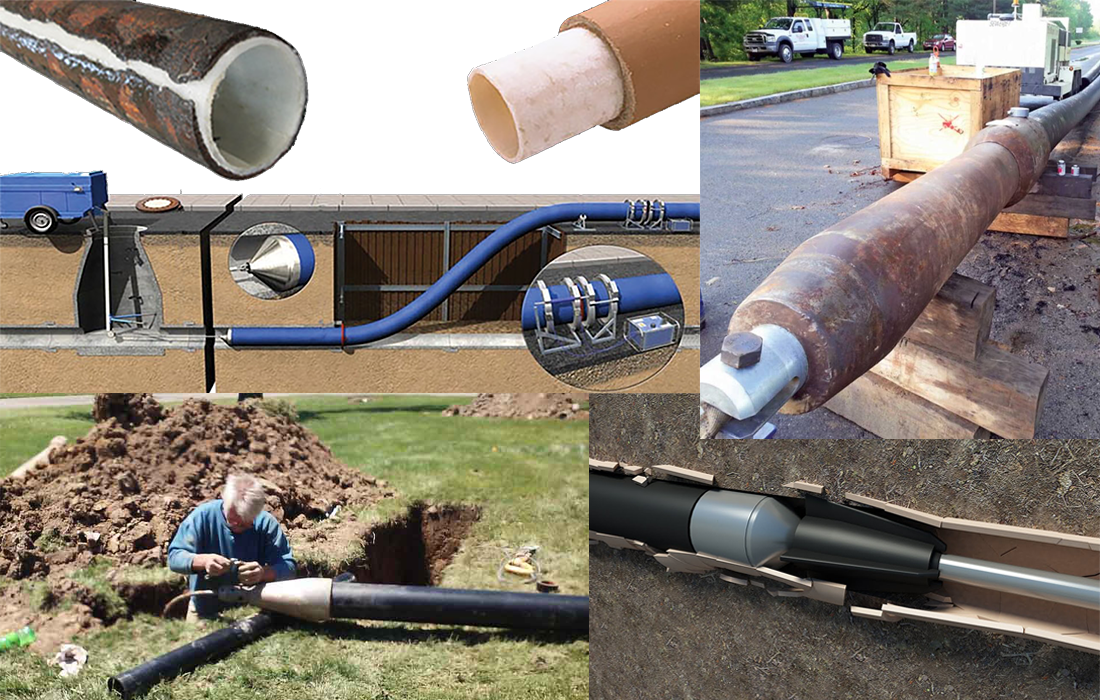- (513)782-8882
- info@smithcorp.com
- Monday - Friday 8:00am to 5:00pm

Static Pipe Bursting:
Uses hydraulic power to pull the bursting head through the existing pipe.
Pneumatic Pipe Bursting:
Uses compressed air to power a percussive hammer in the bursting head.
Hydraulic Expansion:
Uses hydraulic pressure to expand the bursting head.